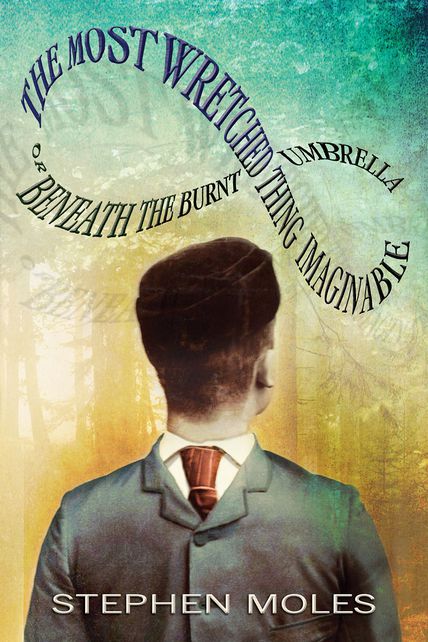
Stephen Moles’ remarkable novel The Most Wretched Thing Imaginable could be described as any of the following:
A modern-day Book of the Dead which uses important events from relatively recent history (such as the Mayerling Incident and the Eastern Air Lines Flight 375 crash) and elements of popular culture (such as the Beatles and Shakespeare) to give expression to the same basic narrative found in all the ancient funerary texts from around the world.
A semi-autobiographical novel about the author’s work with the Dark Meaning Research Institute and his efforts to stop their ground-breaking parasemantic findings from being appropriated/suppressed by the authorities.
A sister publication to Moles’ previous novel, Paul is Dead, offering insights into the book’s main themes (such as how to create a Möbius-strip-style twist in one’s life story and make contact with an alternate self).
A poetic work in which the imagery (which has its own grammar and syntax) tells the story instead of the words: the entangled symbols are brought to the fore to such an extent that the reader is able to see the unconscious beneath the partially visible surface narrative and decide on the full literal meaning of it (rather than the other way around, as with all most books, where the literal meaning is made explicit and the underlying meaning remains partially or completely hidden).
By whichever corner it is picked up, no matter how gingerly, what will be uncovered is an endlessly inventive and delightful work of wit, ingenuity, personal charm and no little substance.
Notices
“Scholarly trivia, resplendent non sequiturs, elliptical repetitions and recurring motifs, logical puzzles bound to unpeel one’s brain, weaved with panache into vignettes that sparkle with deadpan surrealism, rapturous wordplay and copious Beatles references, rendered for your amusement into the finest bwords and kwank.” —M.J. Nicholls, author of The House of Writers and A Postmodern Belch
